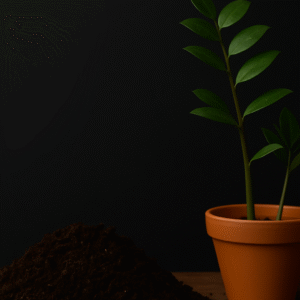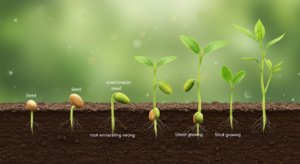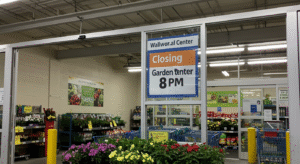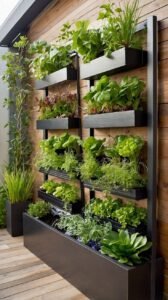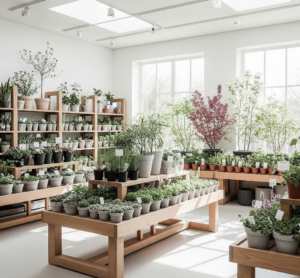How To Indoor Garden
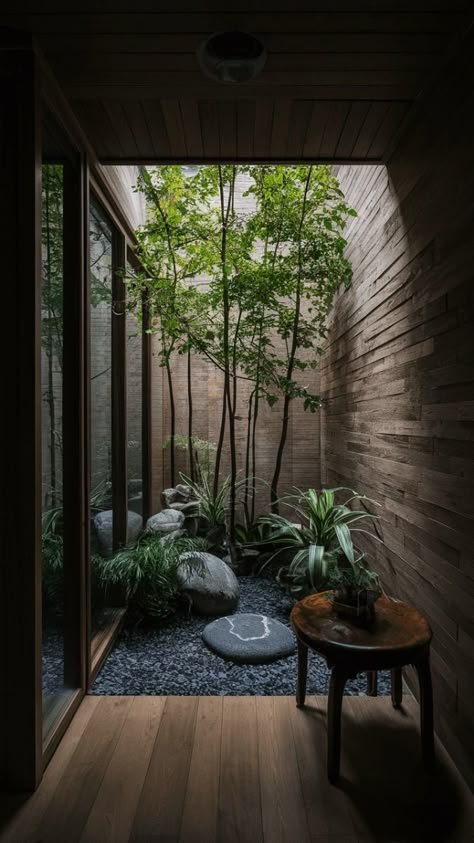
indoor garden
Introduction
Gardening isn’t a pastime a person dabbles in; instead, it is an incredible way to infuse life into one’s living space and allow one to enjoy a vibrant life throughout the year. Whether you occupy a small apartment or a big spacious villa, indoor gardens will enable you to grow vegetables, herbs, and beautiful flowers, irrespective of the seasons. In addition to the plant’s aesthetic appeal, indoor gardening has many other advantages, such as improving one’s mental health, providing eco-psychology benefits, and purifying the air of pollutants. However, if you ever want to start your indoor garden but do not know how to start, this guide will help you identify the right space and overcome common problems.
Choosing the Right Space
The primary factor determining the growth and development of an indoor garden is locating it in the right spot. Out of all other items, the most essential factor for sustaining plant life and growth is light. Knowing the difference between natural and artificial light and their implications can be helpful. The best option as far as a window is concerned would be a south-facing window; the worst is towards the east and the west, offering moderate light. If you do not have sufficient natural light in your surroundings, then LED or Fluorescence starting lights could easily replace the natural light. In addition to light exposure, temperature and humidity affect the stands of an indoor garden. Most houseplants survive in the range of 65–75°F (18–24°C), which makes it essential to avoid extreme variations. High humidity levels benefit tropical plants, whereas desert varieties like succulents and cacti prefer drier conditions. Health circulation can also impact plant health by reducing the chances of fungal and pest infestation. Placing your plants around windows, on shelves, or within grow tents allows for proper light exposure, temperature, and airflow.
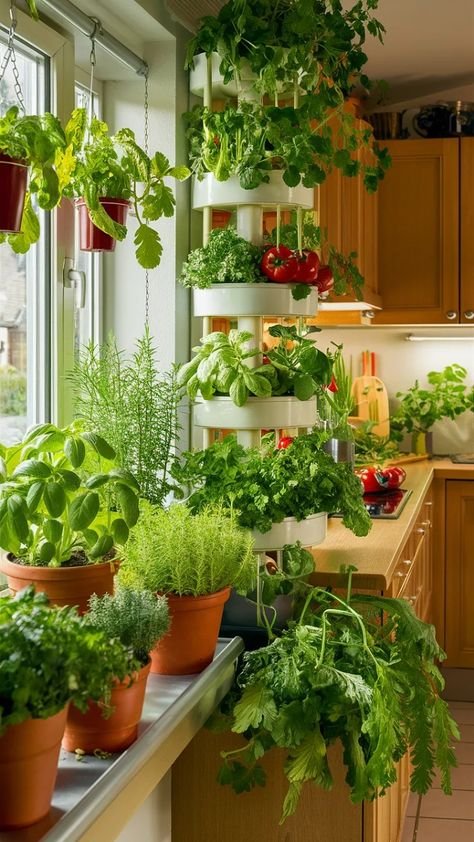
Construction Material and Tools
Proper materials and tools specific to an individual’s needs aid in the construction of an indoor garden. Plant containers allow the flexibility of indoor gardening and can range from ceramic pots to plastic and even self-watering pots. Using a pot with drainage holes is always best, as proper drainage is essential to avoid root rot. Along with the container, high-quality soil mixed with potting soil specifically designed for specific plants is essential. Nutrient-rich soil benefits herbs and leafy greens, while succulents and cacti do best in sandy, well-draining soils. LED grow lights are a fundamental element of gardening indoors, especially in places with limited sunlight. They provide a full spectrum of light, similar to the sun, and are energy efficient. These lights can be used to supplement natural light or as the primary light source for your plants. Fluorescent lights are also popular, especially for seedlings and house plants. Their range is broad, from self-watering planters to automated irrigation systems, even to traditional watering cans. Controlling humidity levels using humidifiers, pebble trays, and misting bottles is extremely beneficial and can significantly help with the health of plants like ferns and orchids.
Selecting the Right Plants
This is a crucial step in ensuring the success of your indoor garden. If you are a newbie, low-maintenance plants like ZZ plants, Snake plants, and pothos would be ideal since they can survive in different lighting situations and need little maintenance. Herbs like mint, basil, and rosemary can add a touch of fresh culinary delight because they grow well indoors. If you want to add some color and charm, peace lilies and African violets are flourishing flowering plants that would be perfect. The area of a person’s house or office should determine the plants they choose. Smaller spaces work well with air plants, trailing vines, succulents, and even tiny succulents. These plants are compact and can thrive in confined spaces. On the other hand, larger spaces can accommodate more sophisticated plants like rubber trees and fiddle-leaf figs. These plants have larger foliage and can fill up a larger space. Understanding the balance between foliage and flowering plants aids in crafting a well-balanced indoor garden. Foliage plants provide warmth, and evergreen beauty, while blooming plants add vibrant, colorful accents. A well-curated garden is easy to care for and is possible by choosing plants that fit the environment and the person’s lifestyle.
Plant Care & Maintenance
An indoor garden requires special attention if a person wishes to maintain a healthy plant ecosystem. Watering is the primary concern, and each type of plant needs specific techniques. It is important not to overwater since this is the biggest indoor gardening problem. To maintain healthy roots, checking the soil to see if moisture is present is essential. The majority of houseplants flourish when the top layer of soil is dry. Cacti and succulents require even less water, whereas tropical plants need a steady moisture supply. Plant growth is dependent on the right nutrients at every developmental stage. Hence, soil health cannot be neglected either. For instance, flowering plants and foliage plants have distinct feeding schedules and requirements. Repotting every year or two can refresh plants with repotting nutrients and untangle their roots. Alongside nutrition, pest control is essential for the smooth functioning of plants. Neem oil or soap can be used as a natural repellent to control orchid spider mites, aphids, and fungus gnats. It is also helpful to routinely check leaves and soil for active infestations, such as rotten or yellowing leaves, so new sprouts can form.
Further Developing Indoor Gardening Skills
Further Developing Indoor Gardening Skills Indoor gardening can be developed with more advanced skills such as hydroponics and aquaponics, which focus on planting without soil. These advanced techniques not only enhance your indoor garden but also inspire you to explore new possibilities. Hydroponics directly feeds plants nutrients filled with water to boost their growth. Together with aquaponics, integrating fish into the system forms a self-sustaining ecosystem. These techniques can be used to cultivate a variety of indoor plants, ranging from leafy greens, herbs, and even strawberries. Vertical gardening creates space by gardening on walls or stacked displays. It includes mounted wall planters, tiered stands, hanging baskets, and innovative gardening tools that automate cumbersome tasks like irrigation, humidity monitoring, and even adjusting grow lights via mobile applications. Advanced indoor gardening techniques aid in planting sustainably, effectively, and more conveniently, unlocking the potential for greater rewards in enhancing indoor gardens. Integrating advanced techniques can improve indoor space aesthetics while effortlessly maintaining a green environment.
Maintained indoor gardens experience challenges just like everything else. Overwatering, inadequate light, nutrients, or even a combination of these can signal yellowing leaves. Drastic measures, such as repotting the plant into dry soil, are often needed to fix poor drainage-induced root rot. Early pest control with natural insecticides can greatly reduce taut diseases like aphids and spider mites. Weak stems accompanied by long stems signify low growth potential. Using grow lights or relocating the plant can help, along with adjusting the placement of the plant. Supplying essential nutrients to the soil through fertilizer while adjusting interactions with sushi g and removing the appropriate amount of light helps fix slow-developing plants experiencing stunted growth. Most indoor gardening problems can be resolved by changing light exposure, adjusting the water supply, and moderating temperature and humidity levels. Wrap-Up & Additional Pieces of Advice
Conclusion
Gardening inside the house is the most convenient and helpful practice. It helps connect to the environment, improves the air in the house, and adds a soothing view to any region. The practice gives a sense of achievement, regardless of whether it involves potting a few herbs or arranging a vertical garden. Adapting different plant types with strategic gardening methods will give the prospects of transforming a house into a soothing accommodation. Most importantly, start with smaller tasks, take your time, and appreciate what nature offers.
